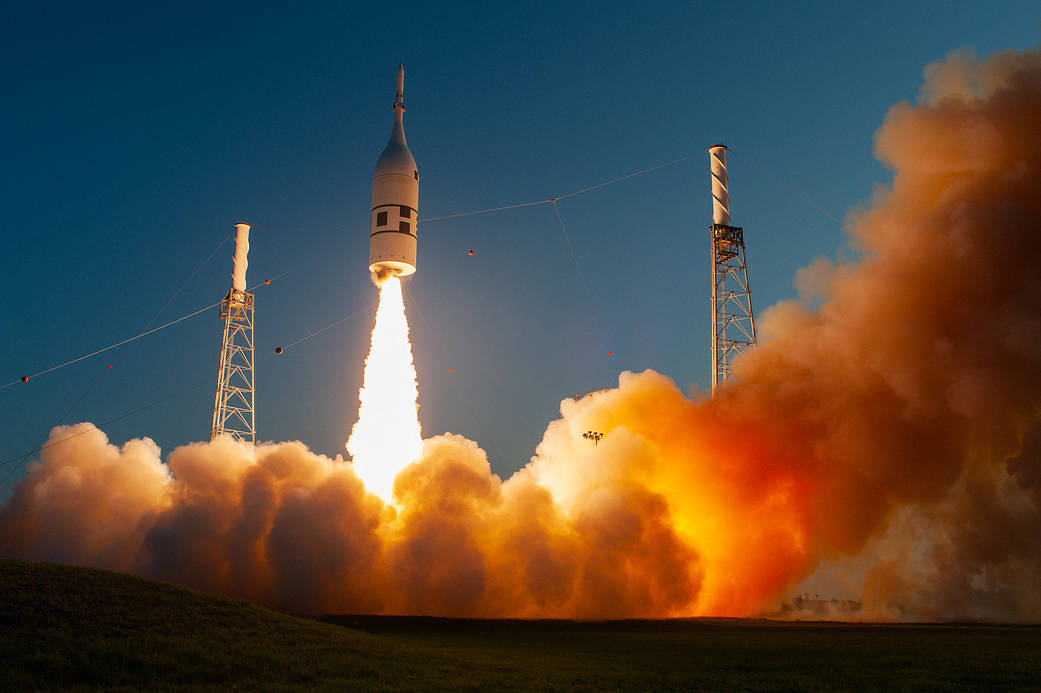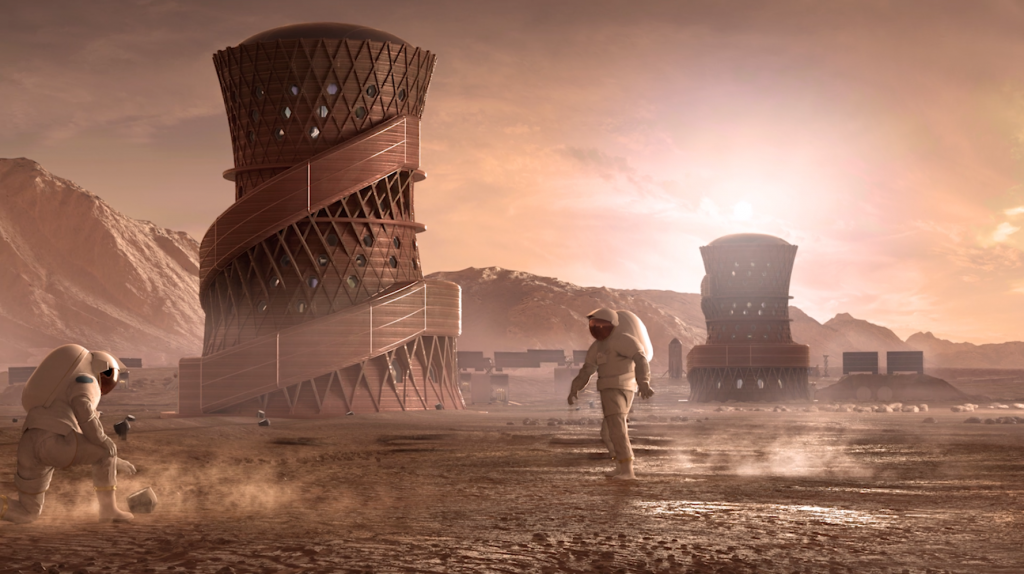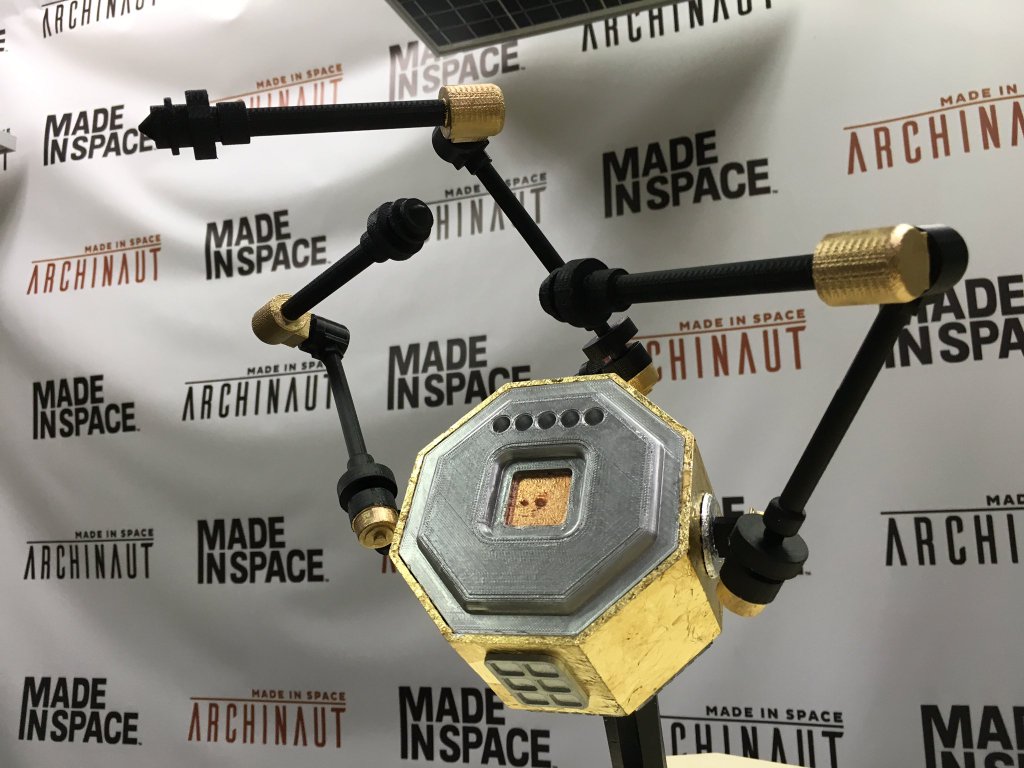NASA supported about 18 early3D printingProjects, these projects are developing technology to help achieve their next moon landing plan. As part of the agency’s 2019 Small Business Innovation Research (SBIR) and Small Business Technology Transfer (STTR) seed programs. A total of 363 proposals together received more than 43 million U.S. dollars from NASA for the first phase of development, and each project averaged about 123,900 U.S. dollars, so calculated,3D printingThe project received a total of US$2.2 million in support from the fund.
NASA’s SBIR and STTR programs are designed to support small innovative companies in the United States. Through such programs, the agency aims to stay at the forefront of new technologies, making it an option for many to talk about new solutions. Regarding the latest show, Jim Reuter, Deputy Director of NASA’s Space Technology Mission Directorate (STMD), commented: “We are excited about the entrepreneurial and innovative ideas brought about by these small businesses.”

The two funding programs operated by the agency are divided into three phases, each with a different end result and a higher cash injection.
In the first phase, appointees must provide a solid foundation for their ideas through its development, presentation and delivery. The term of this part of the SBIR contract is 6 months, and the term of STTR is 13 months.
In the second stage, the winners must continue to develop their concepts to a level that is almost ready for commercialization. The projects selected for this stage will receive a funding of USD 250,000 and have a completion period of 24 months.
In the final third stage, the task of the enterprise is to realize the commercialization of its products. This stage obtains funds from sources other than SBIR and STTR funds, and automatically enters after the second stage is successfully completed. In addition, the agency stated that “the work in the third phase may be for products, production, services, R/R and D, or any combination thereof, which come from, extend or end the efforts made under the previous SBIR/STTR funding agreement. Federal agencies can sign a Phase 3 agreement with the winners of Phase 1 or Phase 2 at any time. In addition, there are no restrictions on the number, duration, type, or dollar value of the company’s Phase 3 awards.”
Inspired by President Donald Trump, one of NASA’s current mission goals is to return astronauts to the lunar surface by 2024. This is the method from the moon to Mars. This time 65 years after the initial mission of Apollo, the goal is to create a habitat that can sustain life on the moon, and astronauts will be able to continue to explore in depth. “This time, when we go to the moon, we will stay,” NASA Administrator Jim Bridenstine explained. “Then we will use what we learned on the moon for the next huge leap-sending astronauts to Mars.”
In recent years, a lot of research in the field of space exploration has been focusing on how to keep astronauts in space for longer, and even create a habitable environment in places such as the moon and Mars. Lunar and Martian weathering layer3D printingExperiments have proved the initial potential of establishing habitats.NASA’s own3D printingThe Habitat Challenge has also been looking for ideas to help build residences.

Other projects focus on how to make better use of waste generated by habitable satellites such as the International Space Station. At the same time, SpaceX is one of a series of private aerospace companies focusing on the transportation infrastructure of Mars.
Many of the projects funded under the SBIR and STTR projects are missions to provide solutions that help NASA achieve the moon-to-Mars goal, achieving one of 22 key areas, including space propulsion technology, power and energy storage, and on-site resource utilization. Space and advanced manufacturing and materials, materials research, structure and assembly.
Reuters added: “These technologies show great promise in helping NASA achieve its goals in all mission areas, including our efforts to send American astronauts to the moon and then to Mars, and also contribute to the U.S. economy. Provides long-term impetus.”
The future of NASA’s moon landing
As the first company to install on ISS3D printingThe machine company, Made In Space (MIS) is a well-known brand in the field of low-gravity manufacturing. Since the launch of its Additive Manufacturing Facility (AMF), the company has embarked on various other large-scale manufacturing projects, including the satellite building Archinaut. As the winner of the first round of SBIR and STTR in 2019, the organization will carry out another project for NASA, this time to develop a mobile end effector laser device (MELD) that can be automatically connected and repaired.
Zero G Horizons, located in Florida, will launch a project that hopes to help it become a leader in space propellant storage and transfer. The company, in cooperation with Embry-Riddle Aeronautical University in Florida, aims to test its spacecraft on-orbit advanced refueling and storage (SOARS) system through Virgin Galatic in suborbital flights. Looking forward to the third stage, we hope to cooperate with MIS and use the Archinaut system to directly manufacture and test the prototype SOARS system in LEO.

(Editor in charge: admin)


0 Comments for “NASA provides $2.2 million for 18 3D printing projects to prepare for the moon landing plan in 2024”